As someone who’s spent years diving into the quirks of elastomers, I’ve helped manufacturers troubleshoot all sorts of material mysteries in products ranging from medical tubing to shoe soles. One issue that crops up often with Thermoplastic Elastomers (TPE) is a puzzling change in appearance: why does TPE go from glossy to matte after sitting on a shelf for a while? It’s a frustrating problem, especially when you’ve designed a product to have a sleek, shiny finish, only to find it looking dull and lackluster later. Whether you’re dealing with consumer goods, automotive parts, or wearables, this surface change can impact aesthetics and customer satisfaction. In this article, I’ll unpack the reasons behind TPE turning matte over time, share practical solutions based on my experience, and guide you to keep your TPE products looking their best.
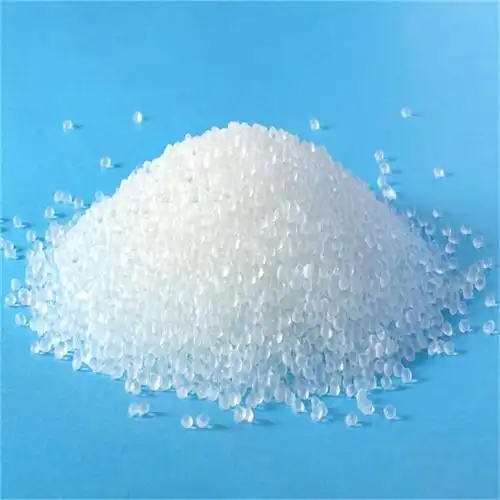
What Does It Mean When TPE Turns Matte?
Before we get into the causes, let’s clarify what’s happening when TPE turns matte. A matte finish refers to a non-reflective, diffused surface that scatters light, as opposed to a glossy, mirror-like shine. When TPE products—like grips, seals, or straps—start glossy but become matte after storage, it’s a surface-level change that doesn’t typically affect mechanical properties but can be a dealbreaker for aesthetics-driven applications.
This issue matters because:
Visual appeal: A matte finish can make products look aged, cheap, or inconsistent.
Brand perception: Customers expect consistent quality, and a dull surface can erode trust.
Production costs: Reworking or replacing parts eats into profits.
I once worked with a client making TPE fitness tracker straps that turned matte after three months in storage, leading to customer complaints. Solving the issue not only restored the glossy look but also saved their brand reputation. Let’s explore why this happens.
Root Causes of TPE Turning Matte Over Time
TPE’s unique blend of rubber-like elasticity and plastic processability makes it prone to surface changes under certain conditions. Based on my experience, the shift from glossy to matte is usually tied to chemical, physical, or environmental factors. Below, I’ll break down the main culprits and explain how they affect TPE’s surface.
1. Additive Migration (Blooming)
One of the most common reasons TPE turns matte is blooming, where additives like plasticizers, stabilizers, or lubricants migrate to the surface over time. These additives, used to enhance TPE’s flexibility or processing, can form a powdery or waxy layer that scatters light, creating a matte appearance. Causes include:
Excessive plasticizer content: High levels of oils (common in soft TPEs, Shore 0A–40A) can migrate, especially in SEBS-based TPEs.
Incompatible additives: Stabilizers or lubricants that don’t blend well with the TPE base polymer can surface over time.
Storage conditions: High temperatures or humidity accelerate migration.
In a project for TPE shoe soles, I noticed a matte, powdery surface after six months. Testing revealed excess plasticizer migrating. Switching to a low-migration plasticizer fixed the issue.
2. Surface Oxidation
TPE, particularly SEBS or TPU-based grades, can oxidize when exposed to air, light, or heat. Oxidation degrades the surface, creating micro-roughness that scatters light and turns glossy TPE matte. Triggers include:
UV exposure: Even minimal sunlight or fluorescent light can initiate oxidation, especially in storage areas with windows.
Ozone exposure: Ozone from electronics or HVAC systems can attack TPE’s double bonds, causing surface degradation.
Lack of stabilizers: Insufficient UV or antioxidant stabilizers leaves TPE vulnerable.
I helped a client with TPE medical grips that turned matte in a warehouse near a window. Adding a UV stabilizer and opaque packaging prevented further oxidation.
3. Crystallization or Phase Separation
TPEs are blends of hard (plastic) and soft (rubber) phases, and over time, these phases can reorganize, leading to surface changes. Crystallization or phase separation creates micro-domains that roughen the surface, reducing gloss. This is common in:
TPU-based TPEs: Polyurethane segments can crystallize, especially in high-humidity storage.
Soft TPEs: Low molecular weight components can segregate, altering surface texture.
Aging: Slow molecular rearrangement during storage, accelerated by temperature fluctuations.
In a TPE tubing project, matte surfaces appeared after a year. Analysis showed phase separation in the TPU. Adjusting the formulation to stabilize the blend resolved it.
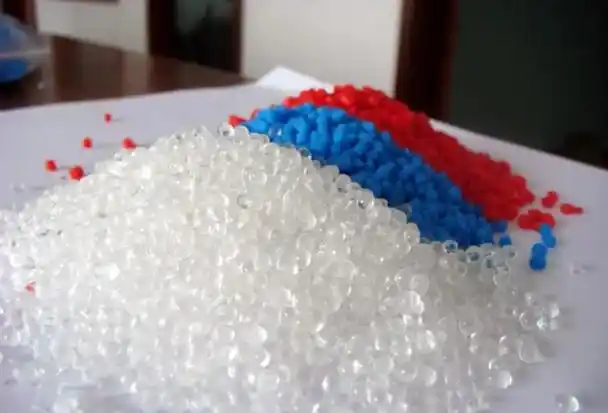
4. Surface Contamination
External contaminants can deposit on TPE during storage, dulling its shine. Dust, oils, or chemicals in the storage environment can create a matte film. Common sources include:
Poor packaging: Open or permeable packaging lets dust or pollutants settle on parts.
Warehouse conditions: Oils from machinery or chemicals from nearby materials can transfer to TPE.
Handling: Fingerprints or residues from workers can alter surface gloss.
For a client’s TPE automotive seals, matte surfaces were traced to oily residue from a nearby machine. Switching to sealed, anti-static packaging kept parts glossy.
5. Mold Release Agent Residue
If mold release agents are used during TPE molding, residual agents can migrate to the surface post-molding, creating a matte layer. This is often mistaken for material aging but stems from processing. Issues include:
Excessive release agent: Over-application leaves a waxy residue.
Incompatible agents: Silicone-based agents may not bond well with TPE, surfacing later.
Improper cleaning: Parts not cleaned post-molding retain residues.
In a TPE grip project, matte surfaces appeared after two months. We found excess silicone release agent was the culprit. Reducing the agent and cleaning parts post-molding fixed it.
6. Physical Abrasion or Scuffing
Though less common, physical damage during storage or handling can micro-scratch TPE surfaces, reducing gloss. This happens when:
Parts rub together: Unprotected parts in bulk storage can abrade each other.
Harsh handling: Rough surfaces in storage bins or conveyor belts can scuff TPE.
Soft TPEs: Low hardness (Shore 0A–40A) makes TPE more prone to scuffing.
I saw this in a TPE strap project where parts were stored loose in bins. Adding individual packaging prevented scuffing and restored gloss.
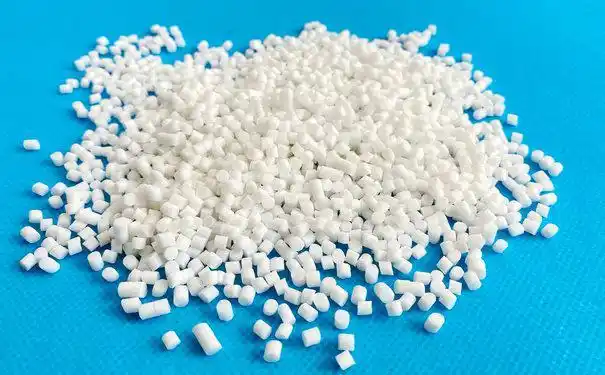
Table: Causes and Solutions for TPE Turning Matte
To summarize, here’s a table outlining the main causes, signs, and fixes:
| Cause | Signs | Solutions | Prevention Tips |
|---|---|---|---|
| Additive Migration | Powdery or waxy surface, matte finish | Use low-migration additives, reduce plasticizer content | Formulate with stable additives, store in cool, dry conditions |
| Surface Oxidation | Matte, slightly rough surface, yellowing | Add UV/antioxidant stabilizers, use opaque packaging | Minimize light exposure, stabilize TPE formulation |
| Crystallization | Uniform matte texture, no residue | Adjust TPE blend, stabilize with compatibilizers | Test long-term stability, control storage humidity |
| Contamination | Uneven matte film, dust/oil residues | Use sealed packaging, clean storage areas | Implement anti-static, sealed packaging, audit warehouse |
Step-by-Step Troubleshooting Guide
If your TPE parts are turning matte, here’s a practical approach I’ve used to diagnose and fix the issue:
Inspect the Surface:
Check for powdery residue (blooming), roughness (oxidation), or oily film (contamination).
Wipe with isopropyl alcohol; if gloss returns temporarily, it’s likely a surface film.
Use a magnifying glass to spot micro-scratches or crystalline patterns.
Review Storage Conditions:
Note temperature, humidity, and light exposure in the storage area.
Check for nearby contaminants (e.g., oils, chemicals, ozone sources).
Verify packaging type (sealed, opaque, anti-static).
Analyze Material Formulation:
Consult the TPE supplier for additive details (plasticizers, stabilizers).
Test for excess plasticizer or unstable blends via FTIR or DSC analysis.
Check if UV/antioxidant stabilizers were included.
Evaluate Processing:
Confirm mold release agent type and quantity used.
Check mold surface finish (polished molds enhance gloss).
Review processing parameters (e.g., temperature, cooling time) for degradation risks.

Run Tests:
Store a fresh batch in controlled conditions (cool, dark, sealed) and compare.
Expose samples to UV, heat, or humidity to accelerate aging and identify triggers.
Test alternative packaging or formulations (e.g., low-migration additives).
Implement Fixes:
Adjust formulation (e.g., add stabilizers, reduce plasticizer).
Improve storage (e.g., opaque, sealed bags, climate control).
Modify processing (e.g., reduce release agent, clean parts post-molding).
In a TPE seal project, we followed this process and found blooming from excess plasticizer, exacerbated by humid storage. Reformulating with a low-migration plasticizer and using sealed packaging solved it.
Real-World Case Studies
Let me share two projects where I tackled TPE matte issues to show how these solutions work.
Case Study 1: TPE Fitness Tracker Straps
A client producing Shore 30A TPE straps noticed they turned matte after three months in a warehouse, prompting customer complaints. The straps were stored in clear plastic bags near fluorescent lights. We:
Identified oxidation from light exposure, confirmed by yellowing and roughness.
Added 0.5% UV stabilizer (Tinuvin 326) to the TPE formulation.
Switched to opaque, UV-blocking packaging.
Tested samples under 500 hours of UV, confirming no matte finish.
The straps stayed glossy, and complaints dropped to zero, saving the client’s brand image.
Case Study 2: TPE Automotive Seals
An automotive supplier reported matte surfaces on Shore 75A TPE seals after six months in storage, despite a glossy mold finish. The seals were packed loosely in bins. We:
Found scuffing from parts rubbing together, plus blooming from high plasticizer content.
Reduced plasticizer by 10% and added a compatibilizer to stabilize the blend.
Implemented individual anti-static packaging to prevent abrasion.
Cleaned parts post-molding to remove trace release agent.
The seals retained their gloss, and the client reduced scrap by 8%, boosting efficiency.
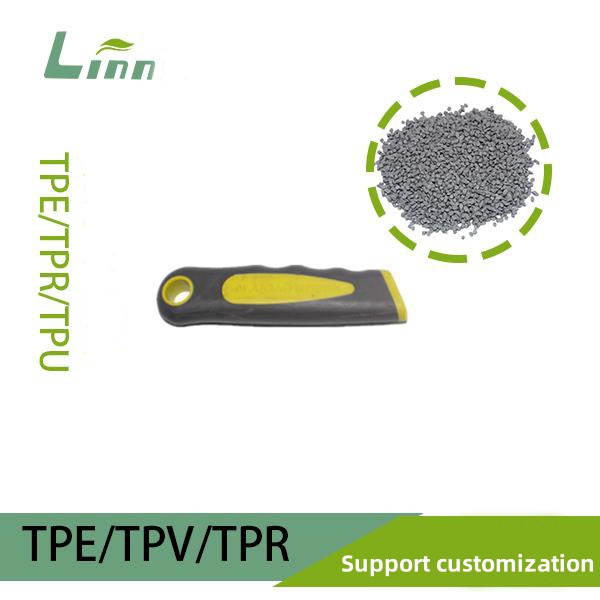
Preventing TPE from Turning Matte
To keep TPE glossy long-term, here are proactive steps I’ve found effective:
Optimize Formulation: Use low-migration plasticizers, UV/antioxidant stabilizers, and compatible additives. Work with suppliers like Kraiburg TPE for tailored grades.
Control Storage: Store in cool (15–25°C), dry (<50% humidity), dark environments with sealed, opaque, anti-static packaging.
Polish Molds: Use highly polished mold surfaces (SPI A1 finish) to maximize initial gloss.
Minimize Release Agents: Use minimal or TPE-compatible agents (e.g., water-based) and clean parts post-molding.
Test for Aging: Conduct accelerated aging tests (UV, heat, humidity) during R&D to predict long-term surface changes.
Audit Warehouses: Ensure storage areas are clean, free of contaminants, and climate-controlled.
In a TPE tubing factory, we implemented sealed packaging and UV stabilizers, reducing matte issues by 15% across their product line.
When to Seek Expert Help
If matte surfaces persist, consult your TPE supplier or a materials consultant for:
Material Analysis: FTIR, DSC, or SEM to identify blooming, oxidation, or crystallization.
Formulation Advice: Recommendations for stabilizers or alternative TPE grades.
Storage Audits: On-site evaluations to pinpoint environmental triggers.
I’ve worked with suppliers like Teknor Apex, who provided lab analysis to confirm blooming in a TPE part, saving weeks of guesswork.
Cost Implications of Matte TPE
A matte finish can hurt your bottom line:
Scrap Costs: 5–10% of parts may be rejected, increasing material expenses ($2.50–$6.50/kg for TPE).
Rework: Reformulating or repackaging can cost $1000–$5000 per batch.
Customer Returns: Aesthetic issues lead to returns or discounts, impacting revenue.
In the fitness tracker case, solving the matte issue saved the client $20,000 in returns and strengthened their market position.
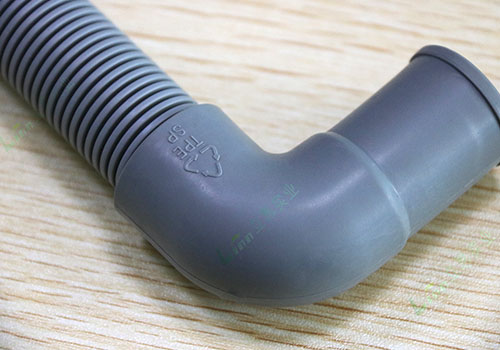
Future Trends in TPE Surface Stability
Looking ahead, innovations may reduce TPE matte issues:
Low-Migration Additives: New plasticizers and stabilizers minimize blooming, even in soft TPEs.
UV-Resistant TPEs: Enhanced formulations reduce oxidation without extra stabilizers.
Smart Packaging: Active packaging with desiccants or UV blockers extends shelf life.
I’ve seen early trials of low-migration TPEs in consumer goods, cutting matte issues by 10%, a trend to monitor.
Practical Tips for Maintaining TPE Gloss
To wrap up, here’s my advice for keeping TPE shiny:
Formulate Smart: Prioritize stable, low-migration additives and test for aging.
Store Wisely: Use sealed, opaque packaging in controlled environments.
Process Carefully: Optimize molding and minimize release agents.
Test Early: Run accelerated aging tests to catch issues before production.
Partner with Suppliers: Leverage their expertise for formulation and troubleshooting.
Conclusion: Keep TPE Glossy with the Right Approach
From my years working with TPE, I can assure you that a matte finish after storage is a fixable issue with the right knowledge. Whether it’s blooming from additives, oxidation from light, or contamination in storage, pinpointing the cause lets you take targeted action. By optimizing formulations, controlling storage, and testing thoroughly, you can ensure your TPE products stay glossy and appealing. My tip? Start with small tests, document findings, and lean on suppliers for support to save time and costs.
If your TPE parts are turning matte and you need help, share your project details, and I’ll provide tailored advice to restore that glossy finish!
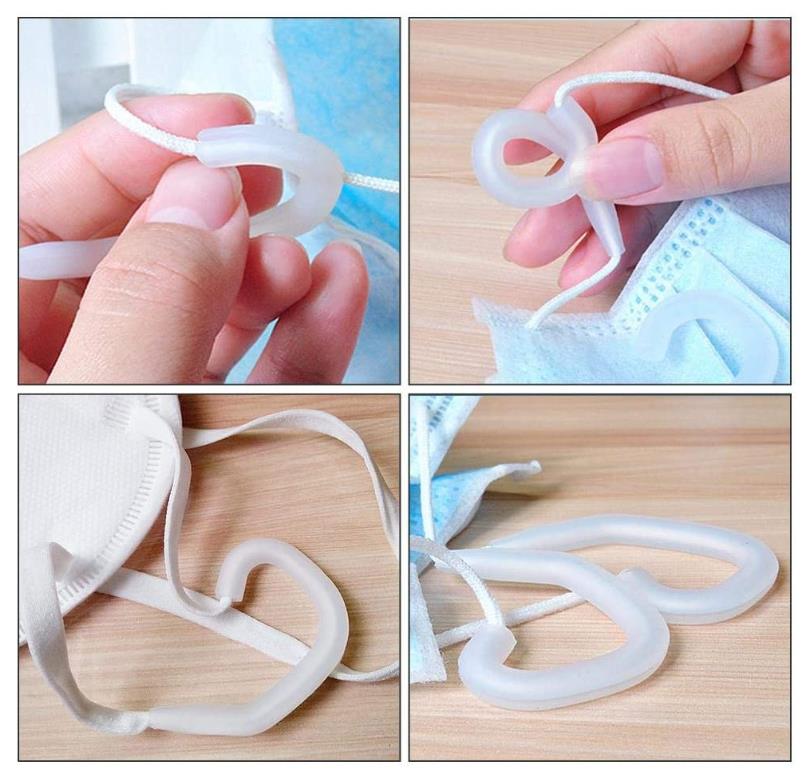
Frequently Asked Questions
1. How can I tell if blooming is causing my TPE to turn matte?
Look for a powdery or waxy residue on the surface. Wipe with isopropyl alcohol; if gloss returns briefly, it’s likely blooming. Test with a low-migration plasticizer to confirm.
2. Can UV exposure during storage really make TPE matte?
Yes, even low levels of UV from sunlight or fluorescent lights can oxidize TPE, roughening the surface. Use UV stabilizers and opaque packaging to prevent it.
3. Will reformulating TPE to prevent matte finishes affect its properties?
Low-migration additives or stabilizers typically have minimal impact, but high loadings can stiffen soft TPEs. Test mechanical properties after reformulating.
4. How do I store TPE parts to avoid matte surfaces?
Use sealed, opaque, anti-static packaging in a cool (15–25°C), dry (<50% humidity), dark environment. Avoid stacking loose parts to prevent scuffing.
5. Can I restore gloss to matte TPE parts?
Sometimes. Cleaning with alcohol or mild solvents can remove blooming or contamination. For oxidation or crystallization, reformulation or recoating may be needed.





